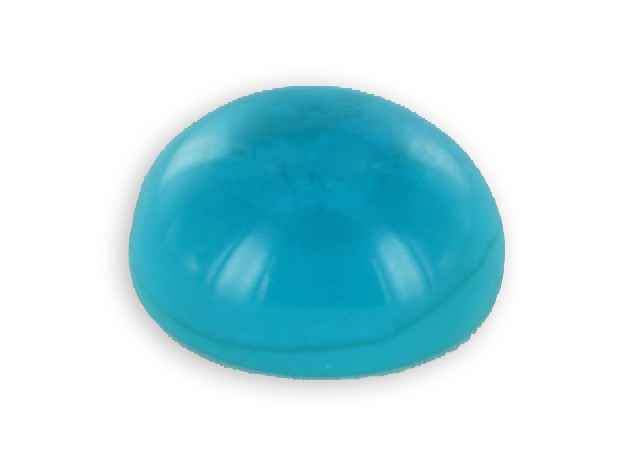
clinozoisite
Discovered in 1896 it was named after its resemblance to the monoclinic crystals of zoisite. It is part of the epidote group.
Je vous emmène à travers mes vidéos découvrir mon expérience acquise depuis plus de 30 ans a silloner le globe entier à la recherche de pierres précieuses, de rencontre mémorables mais aussi de difficulté parfois …

Discovered in 1896 it was named after its resemblance to the monoclinic crystals of zoisite. It is part of the epidote group.

Its name, of the masculine gender, comes from the Greek “khrusos” : gold, and “kholla”: glue, referring to the fact that this mineral was used powdered to solder gold. It has been called “the little sister of turquoise” because of its alikeness. The rock of

Known since antiquity as a “golden beryl”, its name derived from the Greek “khrusos” for gold. Two popular varieties are appreciated gems: the golden yellow variety and the red / green which is called alexandrite. Most chrysoberyls are golden – yellow to brown – green

It is its discovery near the town of Conseilheira Pena, in Minas Gerais (Brazil) in 1945 by Pough, which gave its name (Brazil is written Brasil in Brazilian).